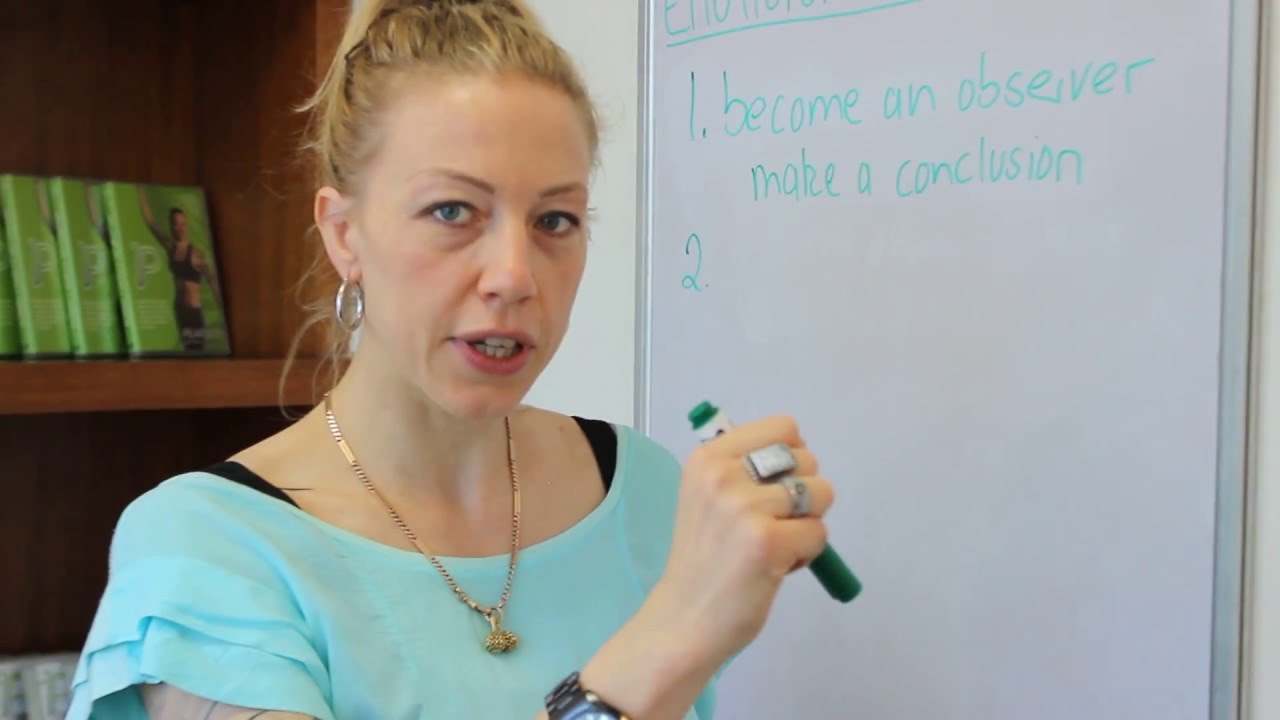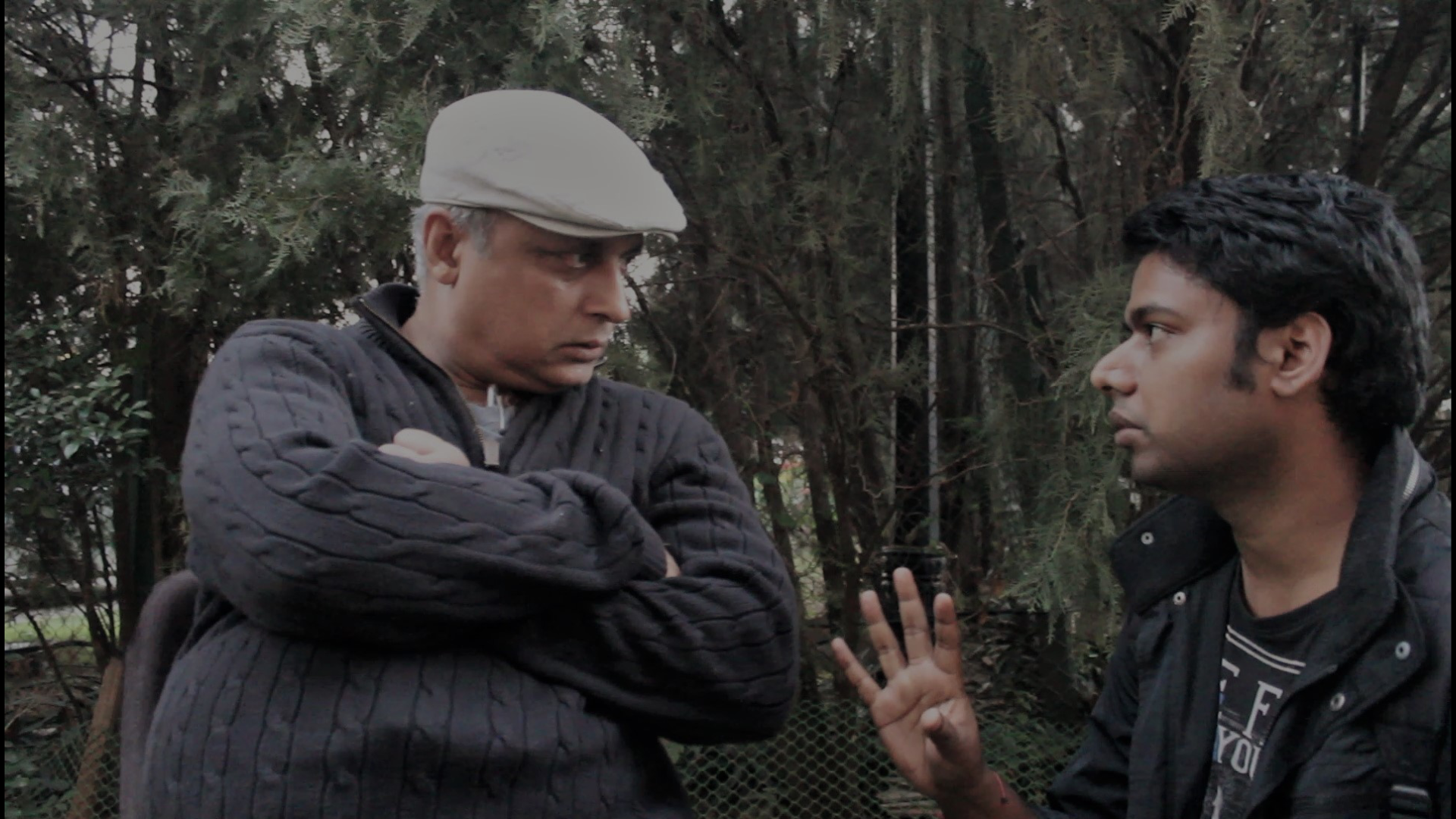Amar Gautam is the CEO of HyperLinq Inc. HyperLinq brings institutional-grade software with superior technology for cryptocurrencies traders. Their desktop app, HyperTrader, makes price discovery, technical analysis, trade, arbitrage, and portfolio management easy. Their mobile app, HyperFolio, is a simplified portfolio manager for cryptocurrencies and digital assets.
We spoke with Amar with questions on his reading lists, favourite books and more.
What’s the book you’re reading at present? Tell us what the book is all about.
I just finished reading Tribe of Mentors by Tim Ferriss. Tim has done an excellent job of creating a collection of interviews of very successful people in their respective fields. These interviews are very insightful and give you an inside look into the lives of these leaders. The answers to straightforward questions Tim asks each of these personalities give you tons of life tips.
Physical books, Kindle or just your mobile device – where do you spend most of your reading time?
I like physical books, perhaps because that is how it was when I was a kid. Reading on Kindle or Mobile devices is very uncomfortable for me. But in the interest of saving trees, I am now inclined to start reading books on Kindle. I am currently reading a few books on my wife’s Kindle, and it looks like I might get used to.
How many books do you read in a year on an average?
It is hard to estimate as it depends on a lot of things. I used to read at least 2 books a month, but now my time is split between family and the company. it becomes increasingly difficult to grab a book and sit down. I still read but in parts. So given that, I read about 12-15 books a year or so.
Who are your favourite authors?
I have many. Not in any particular order – Ruskin Bond, J. K. Rowling, Tim Ferris, Malcolm Gladwell, Jhumpa Lahiri, Leo Tolstoy, Mark Twain, Munshi Premchand, Emily Dickinson, R K Narayan, Rabindranath Tagore, Ramdhari Singh Dinkar, Amish Tripathi.
A book you wish you had written.
First of all, I am not much of a writer, so it is out of the question that I would ever write a book. But hypothetically considering I had written a book, I wish to have written Coincidence by David Ambrose. I read this book back in 2001. I say this because it is an intriguing book that has a twisted plot but an abysmal ending. I would have had a very different closing if I had written this book. Regardless, it is a good read.
How does reading help you?
Not many people realize that I am an introvert. It is hard for me to start a conversation, and so most of the time, I am just by myself. I had very few friends when I was a kid. When I started reading, my father gifted me with a book and wrote on the cover – “Books are your best friend”. Since then, I read books, and I feel like being part of a conversation and exchange of ideas which I do not have in the physical world. I feel like myself, and it gives me a lot of peace.
From all the literary characters you have read, whom do you relate to most and why?
It is hard to say, as I do not read too many fictions or biographies. But if I still have to answer this question anyway, it would be Harry Potter. I am very much like how he thinks and some aspects of his personality match mine.
Are you waiting for any book to be made into a movie? Any favourite film adaptation from the past?
I personally do not like books turned into movies because in most cases, it does not do any justice. But there are some books made into beautiful films such as Lord of the Rings, Harry Potter, and A Beautiful Mind.
I do not read much fiction or biography; there is nothing in my mind as of now, which I would like to see as a movie.
What’s your favourite time of the day for reading?
Very early morning, like 4 am. I am an early morning person. I like reading books when it is quiet and peaceful.
Suggest a book that every business leader should read.
Design a Better Business: New Tools, Skills, and Mindset for Strategy and Innovation by Patrick Van Der Pijl, Justin Lokitz, Lisa Kay Solomon, Erik van der Pluijm, Maarten van Lieshout.




